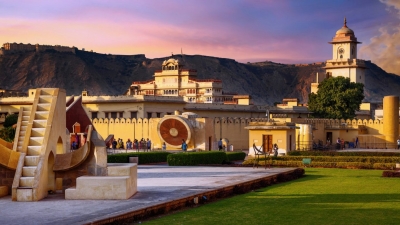
“Unlike other cities in the region located in hilly terrain, Jaipur was established on the plain and built according to a grid plan interpreted in the light of Vedic architecture. The streets feature continuous colonnaded businesses that intersect in the centre, creating large public squares called chaupars. Markets, stalls, residences and temples built along the main streets have uniform facades. The city’s urban planning shows an exchange of ideas from ancient Hindu and modern Mughal as well as Western cultures. The grid plan is a model that prevails in the West, while the organization of the different districts refers to traditional Hindu concepts.
Not that Jaipur needs any more endorsement, but UNESCO World Heritage Status will help attract an even greater number of tourists to the city, boosting the local economy. Other destinations in Rajasthan—from Ranthambore to Udaipur—also stand to benefit. The UNESCO certification will also help attract funds towards cultural projects and conservation initiatives. A World Heritage Status also typically brings with it certain restrictions and obligations—specifically around construction and infrastructure. This could place certain limitations, hopefully for the better, on construction activity within the walled city of Jaipur.
Picture Credit : Google




